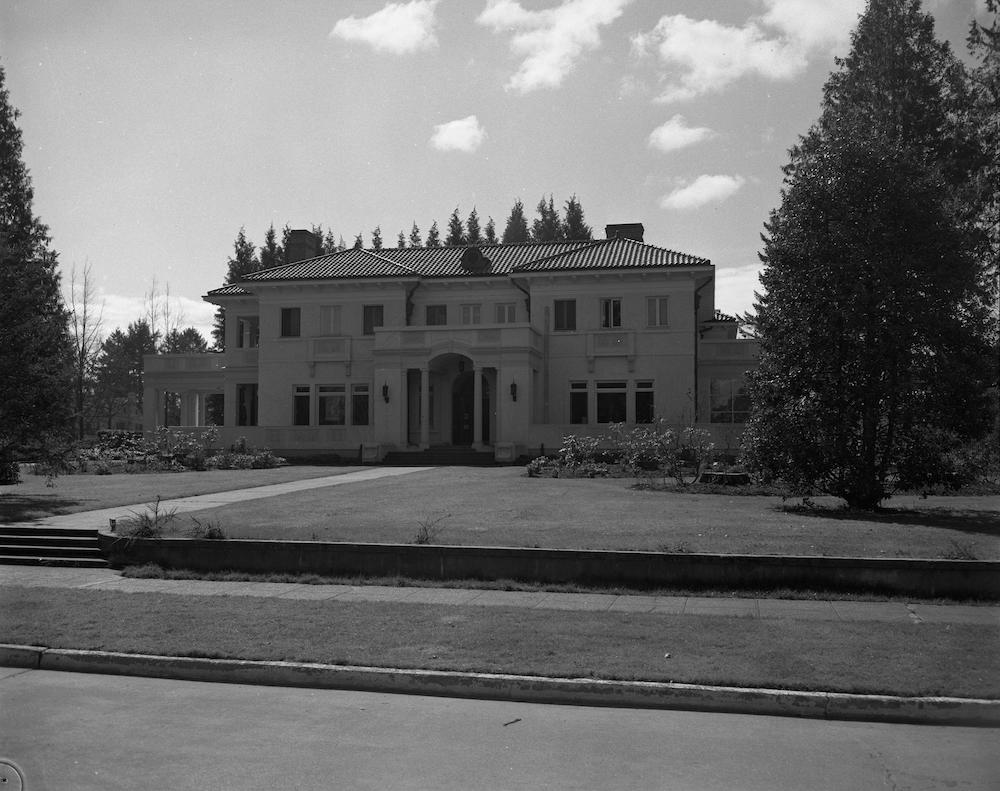If we named buildings by their dominant use, we would call the building the State Capital Museum and not the Lord Mansion. It really only served as someone’s home for its first 16 years before it was donated by the late owner’s family to the state.
 Clarence Jefferson (C.J.) Lord built the 30-room, Spanish-Colonial villa style mansion in 1923. Like a lot of other significant buildings, it was designed by noted local architect, Joseph Wohleb.
Clarence Jefferson (C.J.) Lord built the 30-room, Spanish-Colonial villa style mansion in 1923. Like a lot of other significant buildings, it was designed by noted local architect, Joseph Wohleb.
After Lord’s death, his wife and daughter offered the property to the state, but the idea of a museum was not immediately obvious.
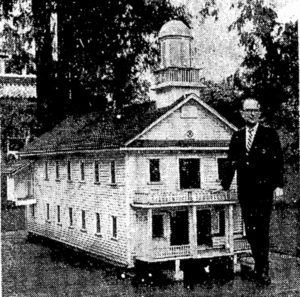
As explained in “The Seattle Times”:
There was some conjecture in capital city circles that the Lord Mansion might replace the present executive mansion near the state capitol as the residence of Washington’s governors. But this change did not materialize.
For several years a group of Olympia residents felt a need for a historical museum in the state capital.
To that end, a handful of locals got together to form the State Capital Historical Museum Association in 1941. They began to lobby the state government to establish the museum, and in the same year the state made the association the trustee of the property.
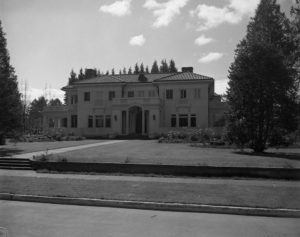
The decision was seemingly easy for the state. The association members were not asking the state for money; they just wanted access to the mansion that the state had no other use for at the time. So, they took the property off the hands of the state, cared for it, and in 1942 opened the capital city’s first history museum.
The work by the volunteer association to convert the mansion to a museum was dramatic. Again from the “Times:”
From the landing on the grand staircase, hangs a heavy yoke beneath which an ox labored 60 years ago in the forests along Puget Sound.
In the center of the huge living room a cougar and a stag are frozen — thanks to the art of taxidermists — in mortal combat. The walls of a peaceful sunroom are hung with a formidable display of old-time firearms. Silver and china that once graced the richly-paneled dining room have been replaced by a collection of woven-reed Native American blankets.
Even after the museum had been operating for a couple of decades, the idea of moving the governor’s residence to the Lord Mansion persisted. The concept of making the Lord Mansion the actual governor’s mansion makes sense in that the current governor’s mansion was, in those days, thought to be a temporary solution.
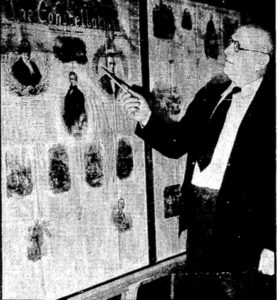
Though the governor’s mansion has lasted through the decades, it was not included in the 1911 campus plan. It held down the location of an office building, a matching pair to the insurance building just east of the legislative building.
Despite periodic efforts to uproot the museum, it became established both in the South Capitol neighborhood and in the community of local museums; however, over time changes in how the museum was funded and how museums in general presented history caught up with the Lord Mansion.
First, the mansion fell out of local management when the local museum association merged with the Tacoma-based Washington State Historical Society in 1993.
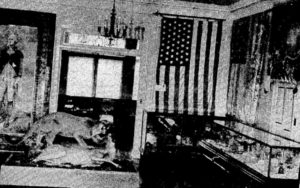
All the while, the Lord Mansion became a less hospitable place for museum managers to display historic artifacts because the 1920s era structure wasn’t built for it. Instead of a drafty mansion, modern museums are more typically climate-controlled buildings that can protect their displays.
In 2014 the museum closed for renovations but would never reopen again. This year instead of throwing the doors open to a museum after repairing wiring, installing new carpet, and completing other flooring work, the state historical society began looking for new tenants.






































